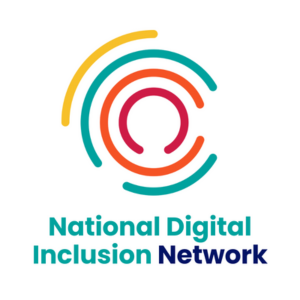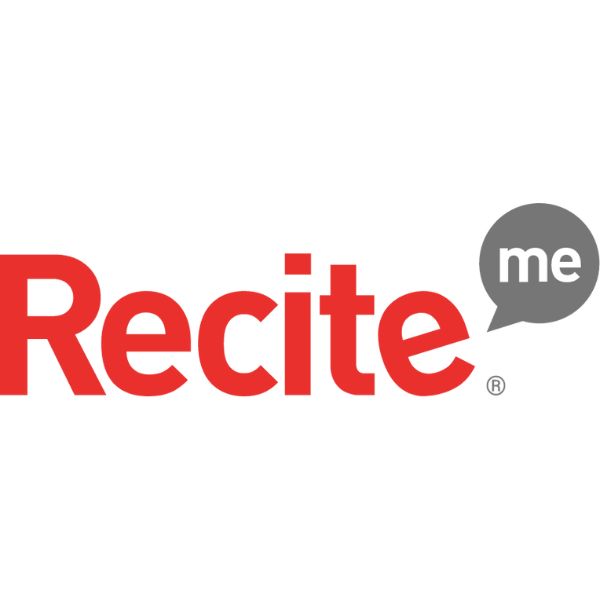Insights
INSIGHTS
All Topics
How you can tackle digital exclusion
Below we offer six effective tips to help you tackle digital exclusion
Millions of people across the U.K. are being left behind because they can’t get online. And many of them are the people who might benefit from your services the most.
Broadband is an increasingly essential service to navigate day-to-day life. Yet, according to Citizens Advice, a million people disconnected their broadband over the past year because they couldn’t afford it, with people on Universal Credit six times more likely to have done so.
And cost is only one reason why people are digitally excluded. Others include:
- Not having a device, such as a smart phone or tablet
- Not having the skills to use the internet or online services (according to the Lloyds Banking Group, 11 million people in the U.K. lack essential digital skills)
- Not having the confidence to use digital skills
- Being afraid of online crime and distrusting the internet
- Not being interested in learning digital skills
So it’s important for charities to tackle digital exclusion. Here are six areas to think about to get started.
Be aware of the issue
As a charity, it’s likely that much of the information you share is via your website, emails, or social media. Being aware of digital exclusion is the first step to inclusion.
As the Good Things Foundation explains, digital inclusion is a social issue. It’s those people who are already at a disadvantage who are missing out. That’s echoed by Ofcom research, which found that those more at risk of digital exclusion included: “Older citizens, the most financially vulnerable, those not working, people living alone, and people impacted by a limiting condition, e.g. hearing or vision impairment” – with the three overarching themes being access, ability, and affordability.
Stay informed about digital inclusion through organisations such as the Digital Poverty Alliance. Its DPA Hub allows you to connect, share information, and learn from others who are also tackling digital poverty.
Consider offline communications as well as digital
While it’s likely (and necessary) for the majority of your communications to be digital, it’s worth giving people offline options if possible.
For example, if you have a helpline, include a telephone number on any communications so that people have an alternative method of finding out about your services or ways to support you.
Or if you work with local communities, a printed out leaflet might be helpful alongside social media. Using both digital and offline communications can widen your reach.
Help people facing data poverty
If there are people in your communities who are facing data poverty, the Good Things Foundation has a guide to help charities and community groups to support people with data connectivity.
Some of the advice includes raising awareness of what support is available (such as social tariffs for broadband) and joining the National Databank to provide free mobile data to people who need it.
It also has information about how people can better understand data usage and speeds, to help keep costs down when choosing a broadband package.
Signpost people to digital literacy skills training
There are lots of training schemes out there, aiming to bridge the digital skills gap. That includes Age UK which has online guides and specialised computer training courses for older people.
Or We Are Digital which delivers free training and a support helpline in partnership with Vodafone. This is available to anyone, whether or not they are a Vodafone customer, and gives the option of using a British Sign Language video interpreter.
Or, like the Scouts, you could offer digital skills support yourself. The Scouts’ Digital Skills tool is an online hub that supports its volunteers by providing support and resources to help them become better skilled and more confident.
Access specialised advice and resources
Embedding digital inclusion in your charity might take some specialised support. Citizens Online is one organisation you could approach. It also offers information on how to run a tablet loan scheme and how to start a digital champion project.
Take a look at Catalyst’s open-source Google Doc which contains 50 resources on digital inclusion, including accessibility resources, digital skills self-assessment tools, and starter guides.
You can also watch a recording of their panel discussion about how charities can put digital inclusion at the heart of their work.
A third resource to check out is Dell’s free-of-charge Grants Support Programme, which helps charities to identify relevant Digital Inclusion funding opportunities and proceed with their applications. Some examples of available funding include The National Lottery Fund’s UK Community Fund, the National Digital Inclusion Network’s Fix the Digital Divide Fund, and the Digital Xtra Grant Awards.
Help people access devices
There are lots of ways to help people to access affordable or free digital devices, including signposting them to organisations that donate devices to people who need them. An example of this is Power to Connect, which distributes refurbished devices to children and young people in Wandsworth.
Or you could explore partnering with a company who donates their refurbished or unused tech to you, or applying for funding to buy new devices for families or individuals who need them.
Another option is to take tech to where your service users are, for example, to day centres, information sessions or community groups.
Mary Wessel
More on this topic
Recommended Products
Featured Products
Related Videos
Our Events
Charity Digital Academy
Our courses aim, in just three hours, to enhance soft skills and hard skills, boost your knowledge of finance and artificial intelligence, and supercharge your digital capabilities. Check out some of the incredible options by clicking here.

























